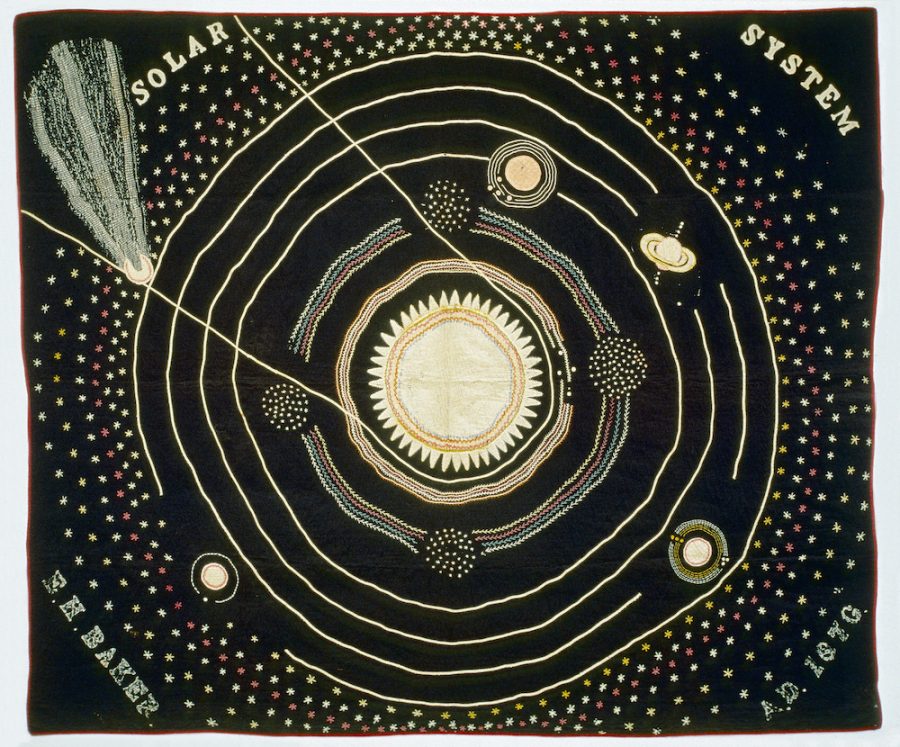There are very few working directors today who can do what Peter Jackson does so well—create extraordinary spectacles on the grandest of scales while also staying tightly focused on character development and emotional depth. He’s made missteps. His Hobbit trilogy felt bloated, busy and unnecessary, but one reason it so disappointed was because he’d already shown himself a master of fantasy filmmaking with what many considered the unfilmmable Lord of the Rings.
Of course non-Tolkien-related Jackson films like Heavenly Creatures also showcase these strengths, on a smaller scale: the ability to retain the human dimension amidst cinematic spectacles and inhuman darkness (a quality he mined explicitly in his years as a horror director). All of these sensibilities, including a pronounced streak of dark humor and talent for manipulating his audiences, make him the ideal director for a documentary on World War I.
It’s a conflict that makes little historical sense to most of us, that unfolded on a scale few of us can imagine, with few identifiable heroes and villains and a complicated geopolitical situation that can feel out of our grasp.
Many documentaries on the war are informative but, frankly, quite dull. In striving for objectivity, they lose sight of humanity. Rather than adopt the voice of god and newsreel look that characterizes the usual fare, Jackson has taken an active role in shaping the narrative for us with cutting-edge blockbuster cinematic techniques. He gives us characters to care about in showing the horror of trench warfare, the confusion and camaraderie of war. Though he uses original footage, it is digitally enhanced and colorized, screened in 3D, with recordings of remembrances from the soldiers themselves dramatically overlaid to create the sense that the figures we see onscreen are speaking to us.
The result, as Guy Lodge writes at Variety, “is a technical dazzler with a surprisingly humane streak…. So dazzlingly transformative is the restoration of this footage that it may as well be the product of a movie shoot.” Indeed, once the credits roll, viewers see the same “veritable army of magic-working technicians’ names” as they would on any big-budget action movie. Jackson has, in effect, produced “the world’s most state-of-the-art educational film,” applying all the emotional levers and pulleys of feature filmmaking to a historical archive.
Like most of us, students have trouble understanding the scale of the war and connecting with the lives of people so indistinctly photographed and far away in time. Jackson makes sure that they can do both, and his film will be sent to every high school in the U.K. Those schools will not, of course, be able to reproduce the 3D effects. Yet even these, though they sound “gimmicky on the face of it,” writes Lodge, prove “to have an experiential purpose, conveying the juddering movement and chaos of a conflict many of us have largely viewed through calcified still images.”
In the interviews and behind the scenes videos here, we learn how Jackson and his team solved the film speed problem to make the old reels look natural, how they created a color palette and removed blurriness and blemishes. Jackson also talks about his own personal stake in the project, imagining what his grandfather endured in the Great War. This connection seems to have spurred him all the more in the effort.
“To memorialize these soldiers a hundred years later,” he says, “is to try to bring some of their humanity back into the world again, to stop them being a black and white cliché.” In creating this moving memorial, Jackson goes far beyond the mandate of an educational film. He has used all the techniques at his disposal to make good on the promise in Robert Laurence Binyon’s 1914 poem “For the Fallen,” from which the documentary takes its title:
They shall grow not old, as we that are left grow old:
Age shall not weary them, nor the years condemn.
At the going down of the sun and in the morning
We will remember them.
Related Content:
Watch World War I Unfold in a 6 Minute Time-Lapse Film: Every Day From 1914 to 1918
The Great War: Video Series Will Document How WWI Unfolded, Week-by-Week, for the Next 4 Years
Josh Jones is a writer and musician based in Durham, NC. Follow him at @jdmagness








